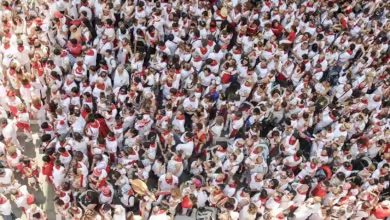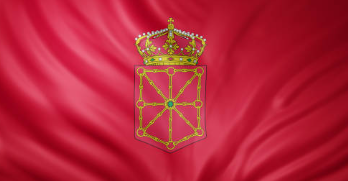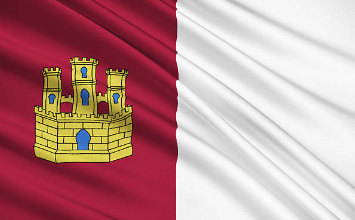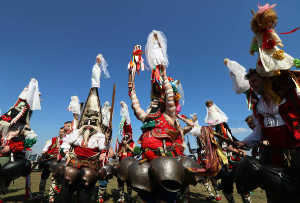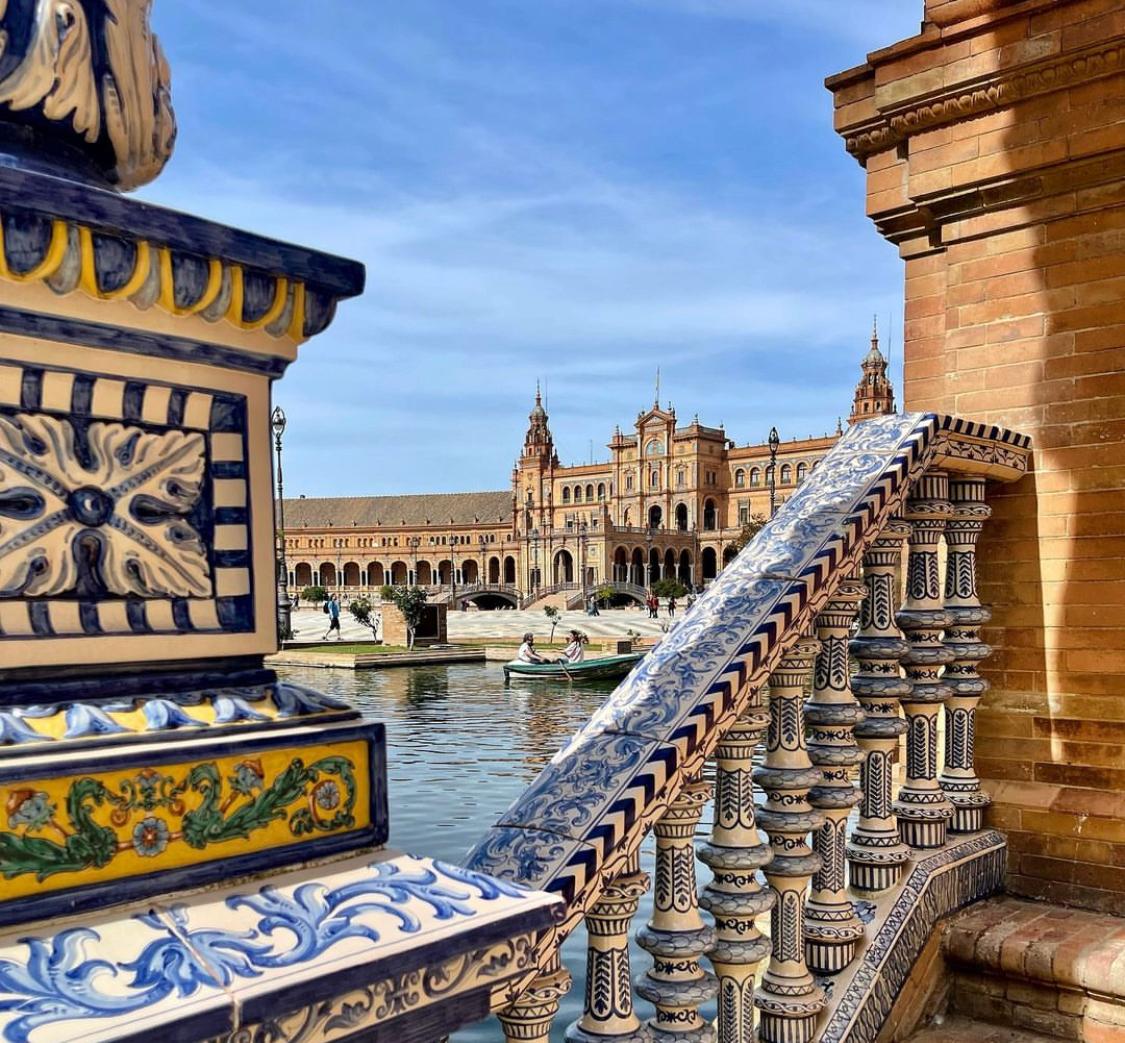
- Exploring the Charm of Seville: A Complete Guide
Seville, the capital of Spain’s Andalusia region, is a city that brims with history, culture, and vibrant life. Known for its stunning architecture, flamenco dancing, and orange tree-lined streets, Seville is a must-visit destination for those seeking to immerse themselves in the authentic Spanish experience. This article will explore various aspects of this enchanting city, including the best times to visit, what to do, and tips for exploring its scenic streets.
- How Long to Visit Seville?
If you’re wondering how long you need to fully experience Seville, a stay of 3 to 4 days is ideal. In this time, you can explore the city’s main attractions like the Seville Cathedral, Alcázar Palace, and the famous Plaza de España. This duration also allows for a relaxing pace, giving you the opportunity to enjoy the local cuisine, take leisurely walks, and perhaps even catch a live flamenco show.
However, if you’re short on time, a well-planned two-day trip can also cover the highlights, though it will require a bit more hustle.
- Where to Walk in Seville?
Seville is best explored on foot, allowing you to take in the intricate details of its historical architecture and vibrant streets. One of the top places for a stroll is Barrio Santa Cruz, the old Jewish quarter, famous for its narrow alleys and picturesque squares. This area is home to some of the city’s most important landmarks, including the Seville Cathedral and the Alcázar Palace.
Another lovely walk is along the Guadalquivir River, where you can enjoy views of the Torre del Oro and the iconic Triana Bridge. For a more laid-back experience, head to the Maria Luisa Park, a green oasis near the Plaza de España.
- What Is the Best Time to Visit Seville?
The best time to visit Seville is during spring (March to May) or autumn (September to November). In these months, the weather is pleasantly mild, making it ideal for sightseeing and outdoor activities. Spring is particularly famous for its Semana Santa (Holy Week) and Feria de Abril, two of the city’s most important festivals.
Summer, on the other hand, can be extremely hot, with temperatures often soaring above 40°C (104°F). If you do plan to visit in the summer, it’s essential to plan your activities for the cooler parts of the day, such as early morning or late afternoon.
- How Is the City of Seville?
Seville is a city that exudes warmth—not just in terms of its weather, but also its culture and people. Known for its rich history influenced by the Romans, Moors, and Christians, Seville offers a beautiful blend of architecture, including Gothic cathedrals, Mudejar palaces, and Baroque churches.
Beyond its historical landmarks, Seville is a city of vibrant street life. Locals and visitors alike fill the tapas bars, sip on chilled sangria, and enjoy the music and performances that often spill onto the streets. The city’s layout is walkable, with a mix of wide boulevards and narrow cobbled streets, giving each neighborhood its distinct charm.
- What to Do in Seville?
Seville is packed with things to see and do. Start with the Seville Cathedral, the largest Gothic cathedral in the world, where you can also visit the Giralda Tower for panoramic views of the city. Next, explore the Alcázar of Seville, a stunning palace complex with lush gardens that reflect a mix of Islamic, Gothic, Renaissance, and Baroque styles.
For a deep dive into Seville’s culture, take a flamenco class or attend a live performance at Casa de la Memoria. Don’t forget to visit the Plaza de España, a breathtaking semi-circular building set within Maria Luisa Park, often described as one of the most beautiful plazas in Spain.
Finally, you can end your day with a leisurely boat ride along the Guadalquivir River or visit the Metropol Parasol, a modern architectural structure offering fantastic city views from its rooftop.
- Seville Population in 2024
As of 2024, Seville’s population is estimated to be around 700,000 residents, making it the fourth-largest city in Spain. The population is a mix of locals and a growing expat community, attracted by the city’s quality of life, affordability, and vibrant culture. Seville’s international appeal continues to grow as it becomes a popular destination for digital nomads and tourists alike.
- Conclusion
Seville is a city that seamlessly blends its rich historical heritage with a lively, modern spirit. Whether you’re walking through its old neighborhoods, visiting monumental landmarks, or simply enjoying tapas in a bustling square, Seville has something for everyone. Plan your trip wisely, enjoy the city’s many offerings, and don’t forget to soak in the authentic Andalusian atmosphere that makes Seville truly unique.


